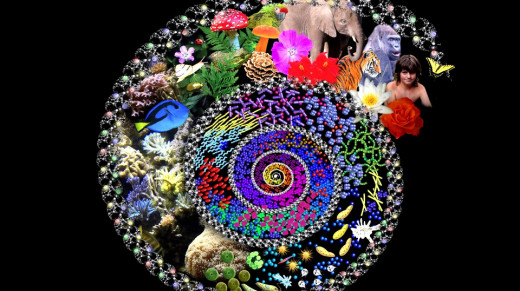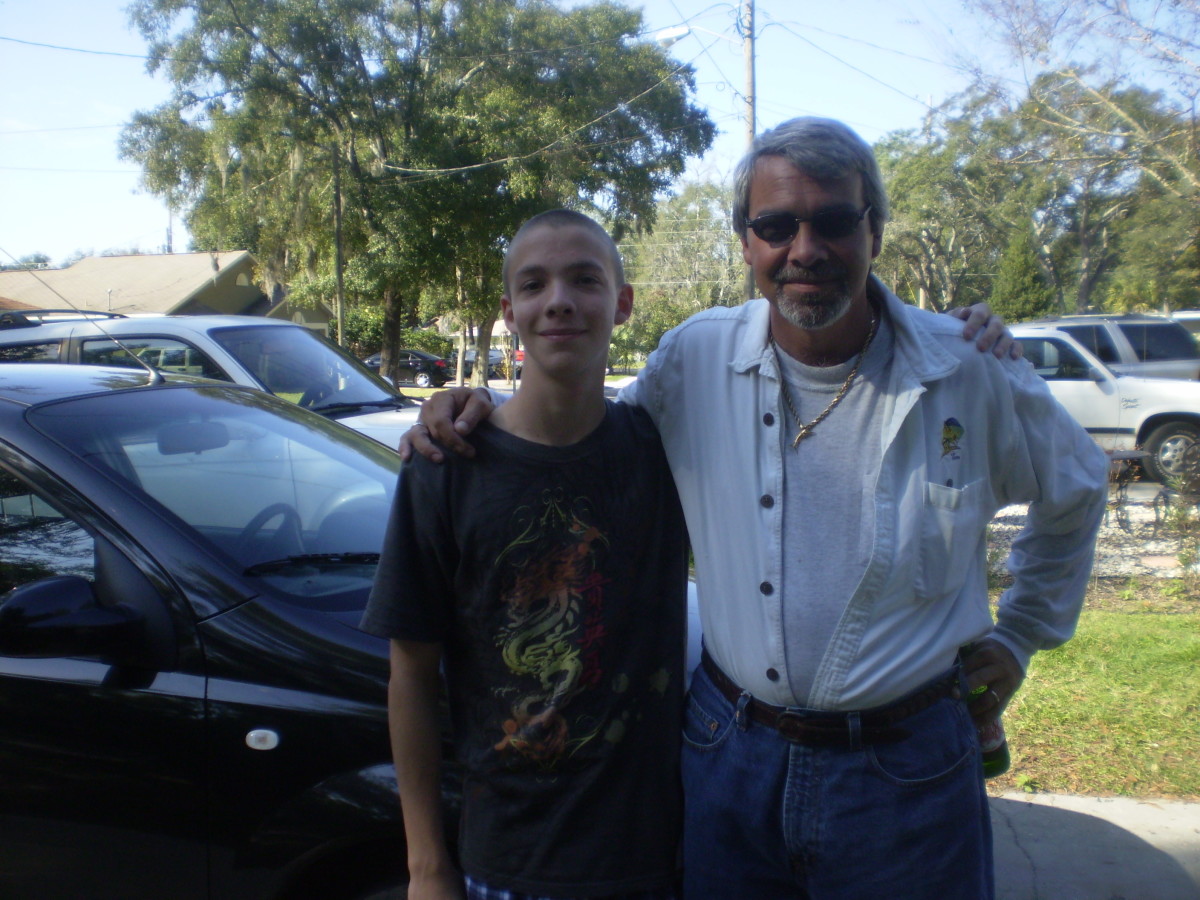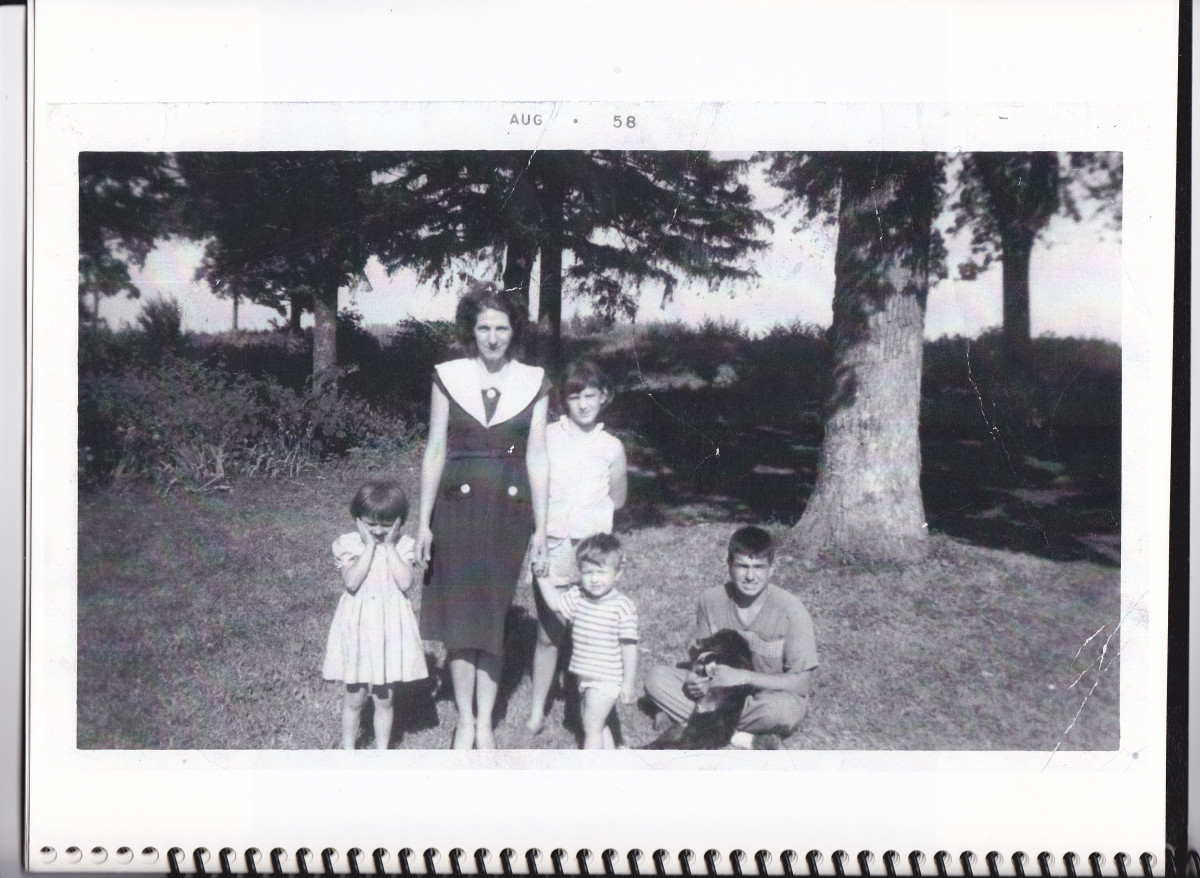Exploring New Definitions of "Deep Time," by Carol Ouellette


Wisdom
Four, five, six hard contractions and my second grandson, Luke, was born underwater and then lifted up into the air to take his first breath. He had just spent nine months in the garden of his mother’s womb. I think about time in the womb as a type of deep time. I learned from Sven Birkerts in his essay, “The Owl Has Flown,” about deep time, vertical time. This is the time when wisdom grows. I think that there are many types of deep time, ones involving growth, and time in the womb is one of them. Womb time is where Luke’s little body developed and grew until he came perfectly together and it was time to be born.
This is the way of our world. We see this pattern over and over again in nature. It’s in the seed that needs deep time in the rich nutrient-laden soil before it can grow into a plant. We see it in the caterpillar that spends deep time in the cocoon in order to emerge as a beautiful butterfly. And it’s not just in the physical realm that things need gestation in deep time. It’s in other realms, too. Our inner worlds repeat the patterns that we see in nature. Thoughts and ideas also need deep time to develop and grow.
TED talks - Where Good Ideas Come From
Hunch
In the TED talk “Where Good Ideas Come From,” Steven Johnson talks about the slow hunch and how this "hunch" needs to lay dormant for a while. I think of this also as a type of deep time. When a hunch has time to incubate, it can eventually evolve and then collide, mingle, and partner up with other hunches to grow into a new and complete idea. Johnson talks about ideas with long incubations and how they “fade into view.” It’s a process of growth in a type of deep time, just like the seed in the ground.
Sven Birkerts
In “The Owl Has Flown,” Birkerts talks about the history of reading. In the past, people read deeply and intensively when books were rare, expensive and hard to obtain. They read the same passages over and over, memorizing them and letting the words resonate inwardly. Now with the influx of reading material, the reader tends to move across surfaces, skimming, hastening from one site to another. Where people once read with an emphasis on quality, now they read in quantity. Where people once read vertically, now they read horizontally. Where people once read with depth, now they read laterally (Birkerts 31). He talks about how it’s one thing to absorb a fact and another thing to contemplate a fact and allow it to declare its connection with other facts, its resonance. He says we need to see through facts to the underlying laws and patterns of our world. In order to do this we need three things: resonance, deep time, and silence. What emerges from these things is wisdom. It’s a way of seeing the whole of life and the relationship of all the parts. This wisdom is predicated on the assumption that a total picture of life can be grasped. It’s a way to comprehend life and to give it meaning. Birkerts says, “Where time has been commodified, flattened, turned into yet another thing measured, there is no chance that any piece of information can unfold its potential significance. We are destroying deep time” (Birkerts 35). We are destroying the environment where wisdom can grow.

Nature Is Our First Textbook
Nature is our first text book and she speaks a loud clear truth. The patterns of deep time, gestation time, and incubation time show us the need for time. To be reflective. To slow down and let ideas and thoughts grow within in us, so that we can see the way things are connected. This fights the fragmentation that we see in our world and in our culture, and in ourselves. Like the diverse patterns of nature we are all unique and individual. As our slow hunches and ideas fade into view, we connect with others who have also done the deep-time work of letting their ideas ferment and the exchange of these ideas is often a heady brew. My yeast thoughts, with someone else’s flour thoughts combine with warm water ideas of another. When these thoughts are stirred up and let to rise in deep time, something worth baking comes into existence.

We would do well to remember the men and women who came before us and brought to us their hard-won deep time wisdom. Instead of directing all our energies to managing information, we can again attempt to discover the “truth” of things. We can shatter the horizontal plane and cut against the momentum of the times. We can learn from nature and from looking at our gardens and the way seeds grow in deep time. There is another garden also worth looking at and that is the garden of our souls. We plant these gardens by the things we read and think about, and the time we give ourselves to process what we read is the rich dark soil where our seed-thoughts can grow. Here we plant serious reading, true art, and metaphysical ideas. This is the environment where our own wisdom grows. This is the ground of vertical consciousness. It is in this ground that true aesthetic experience transforms us.
In my own search for wisdom and “truth,” I daily read words spoken by the great leaders and teachers of the world. I search the garden of my heart for what is planted and what I want to see in my life. There are many ways of being in this world and I get to choose the kind of person that I want to be. The deep time wisdom of others helps bring clarity to my choices. I read Mahatma Gandhi and I learn and try to understand that I must be the seed of change I wish to see in the world. I read Mother Teresa and she tells me to spread seeds of love everywhere I go. How can these things be done? They will be done differently by everyone. It is in deep time reflection that I will come to understand my own part in being on this planet and the responsibilities that go with it.

About the Author
WCC student Carol Ouellette wrote this analytical essay for her English 101 class, Spring Quarter of 2014
Works Cited
Birkerts, Sven. “The Owl Has Flown.” Think Vertically! Essays for Inquiry, Analysis, and Reflection. 2nd ed. Eds. Whatcom Community College Faculty. Fountainhead Press, 2012. 29-37. Print.
Johnson, Steven. “Where Good Ideas Come From” TED: Ideas Worth Spreading. July 2010. Web. 8 May 2014.








